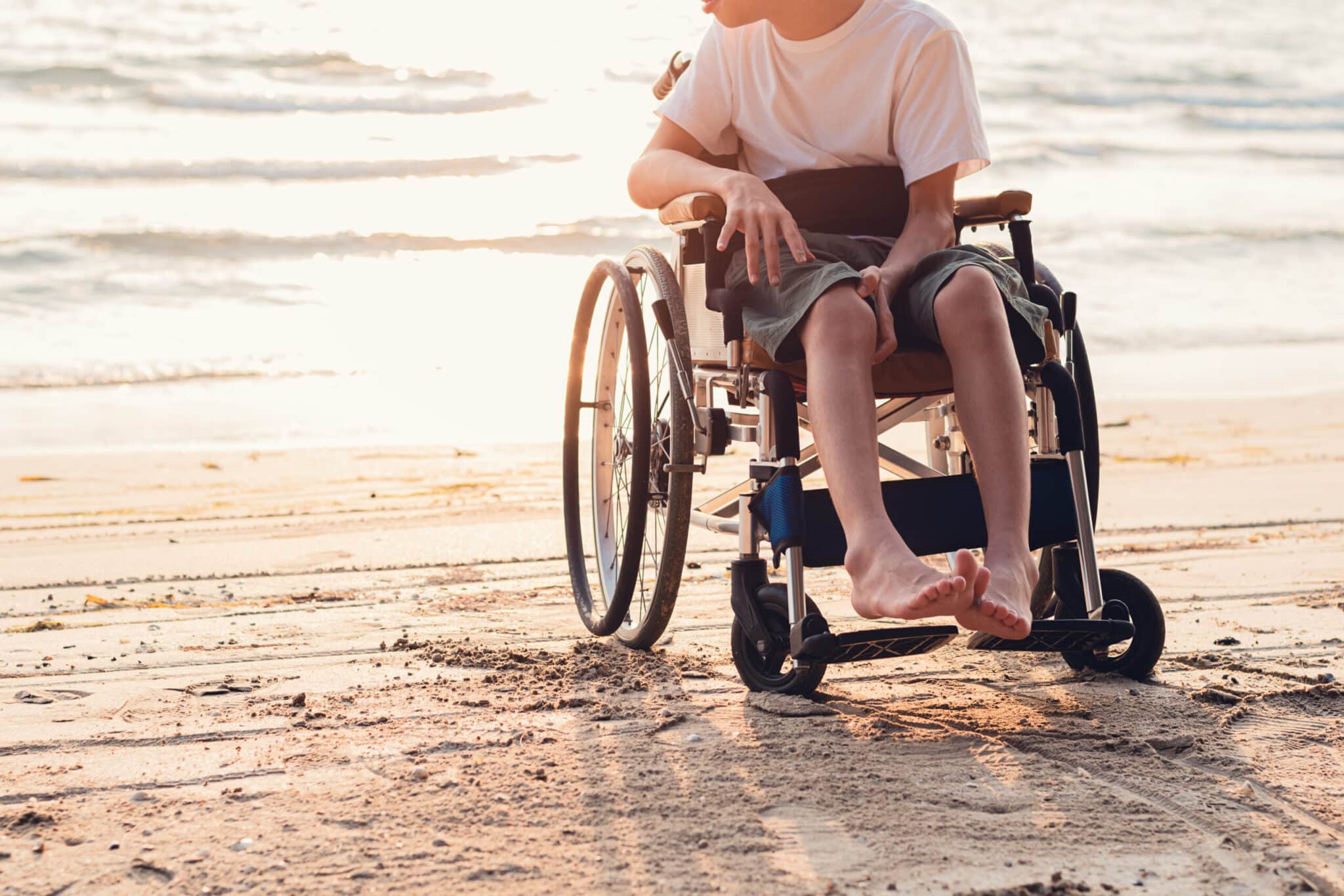RAISING children with disabilities is 40 to 80 percent more expensive than raising children without disabilities in the Philippines.
A 2022 United Nations Children’s Fund (Unicef) study titled “Cost of Raising Children with Disabilities in the Philippines” estimated there are 350,000 Filipino children with disabilities.
The study revealed that half of the disabled kids raised by poor Filipino families will likely grow poorer than their family who raised them.
The national survey poll interviewed 2,753 families in 240 cities and municipalities. Unicef tapped the Department of Social Welfare and Development and the Australian Embassy in Manila for this study.
The analysis also showed that only 20 percent or one out of five Filipino children with disabilities has a disability identification card.
“The findings suggest that children with a disability card and their families were in a situation of systematic disadvantage across all the above dimensions, and the group with the highest neglect was made up of children with functional limitations without a disability card,” the Unicef report said.
When it comes to the costs associated with raising children with disabilities, the health care expenses represent the single largest source of additional costs.
I only bring [my daughter] to the doctor when her leg is hurting. It swells so much that it almost looks like a longganisa [sausage] and oil comes out of it. That’s the only time I bring her to the doctor, so they can give her antibiotics and other vitamins for the pain.
Unicef report quoting a case study
Households that have a disability card have been shown to spend a proportion of their budget that is almost three times higher than that spent by other families. Education and transportation fees, if applicable, were also common additional expenses when a child was enrolled in school, said the report.
The findings also revealed that 31 percent of children with a disability card were not enrolled in schools, compared to four percent of families without a disability card.
Although everyone with a disability ID card is eligible for a government stipend, only well-off families benefited. Households from the richest quintile group received about 43 percent of the government subsidies, the poorest quintile group got less than six percent, it said.
My daughter, who has an intellectual disability and hearing impairment] still needs a hearing aid. Back then when we were in [name of town] she saw a child who had a hearing aid. The child could hear and talk. Maybe she thought that having [a hearing aid] would allow her to hear and talk. She even dragged me outside the house so that I could see. I think she aspired to have the ability to hear and talk just like that child. I asked around to find out how much a hearing aid cost and it’s about PHP100,000.
Unicef report quoting a case study
Medications
The report also showed that routine doctor visits were also expensive.
The cost ranged from P500 to P1,200 depending on the health professional and the type of health service to acquire.
There has been lots of medication and it’s always changing. There’s Dilantin, Valproic, Gabittril,
unicef report quoting a case study
Clonzaepam, and many more. We have maybe changed his medication at least ten times. His regular checkups are with his neurologist. […] Now we are also consulting another doctor who is a stomach specialist as he always has stomach pain whenever he drinks his medication.
It noted that a developmental pediatrician costs one family P3,000 per consultation. Specific health treatments or examinations would have doubled the expenses, said the report.
It was also revealed that depending on the number and duration of sessions, different amounts were spent by Filipino households on routine consultations for their children with disabilities.
For example, one family paid P800 for speech therapy twice a week for around 10 to 12 years. According to the report, a family with a cerebral palsy child spent P1,200 three times a week on combined physiotherapy and occupational therapy sessions.
The cost of medications was also high, and for families with children who had chronic illnesses, the cost of prescription medicines might have accounted for the majority of their medical expenses. Families with children who frequently require daily prescription medication must adapt household budgets to cover the cost of doctor visits for prescription renewals and changes, according to the report.
Recommendations
The report recommends providing disabled families a disability stipend amounting to P1,000 to P2,000 monthly to aid them in overcoming financial constraints and function as well as non-disabled households.
The government should likewise include disability costs when calculating eligibility for social programs and poverty rates, it said.
The DSWD said they are “intervening” and providing assistance to families that have children with disabilities to lessen the brunt brought by.
“We will help families with children with disabilities to lighten the burden of expenses. It is really expensive, particularly the maintenance, if you have a child or member of a family who has a disability,” DSWD Secretary Erwin Tulfo said in a statement.
UNICEF Philippines Representative Oyunsaikhan Dendevnorov has urged the government and other civil groups to ensure children with disabilities are taken into consideration during the legislative process.
“The situation of children with disabilities has long challenged the way we approach inclusiveness in development and nation-building. This study comes at a time when we are recovering from a pandemic that has exacerbated pre-existing difficulties for vulnerable children,” Dendevnorov said.








